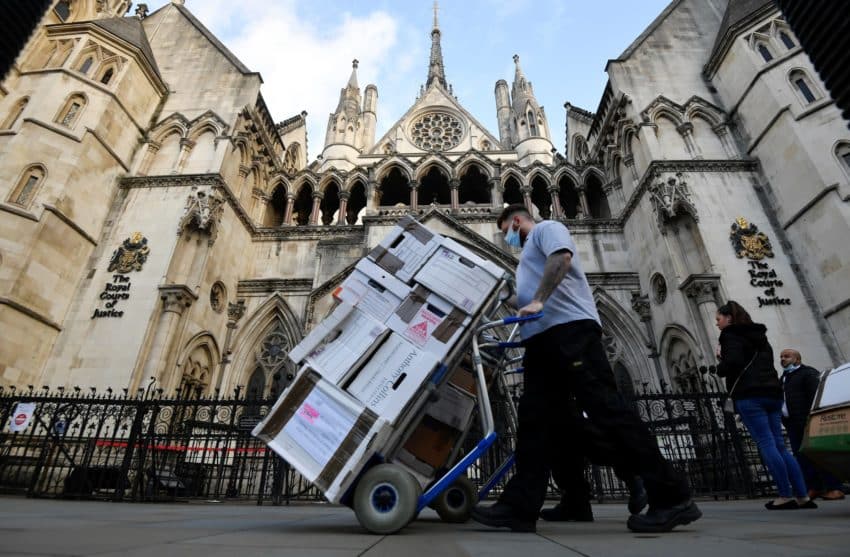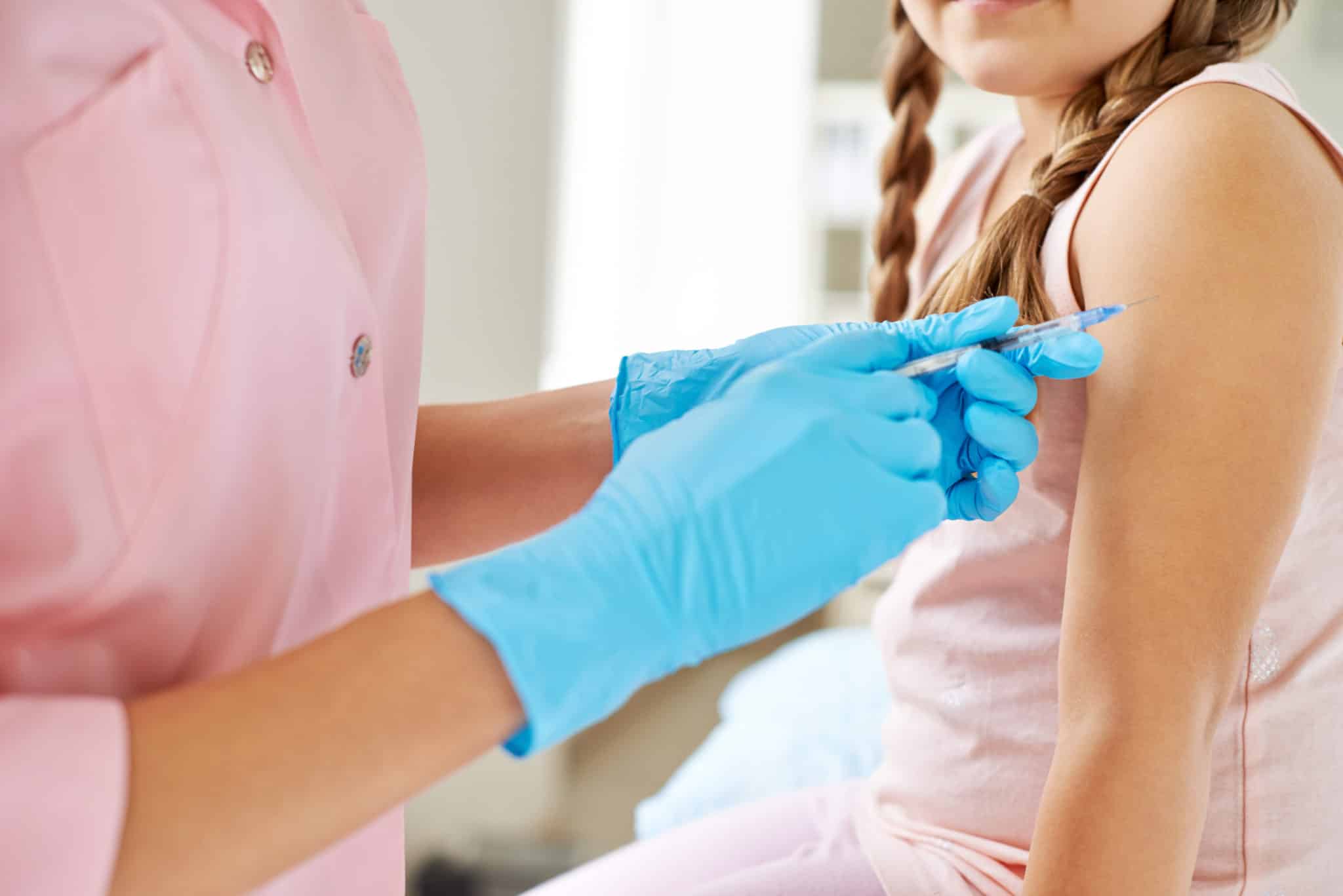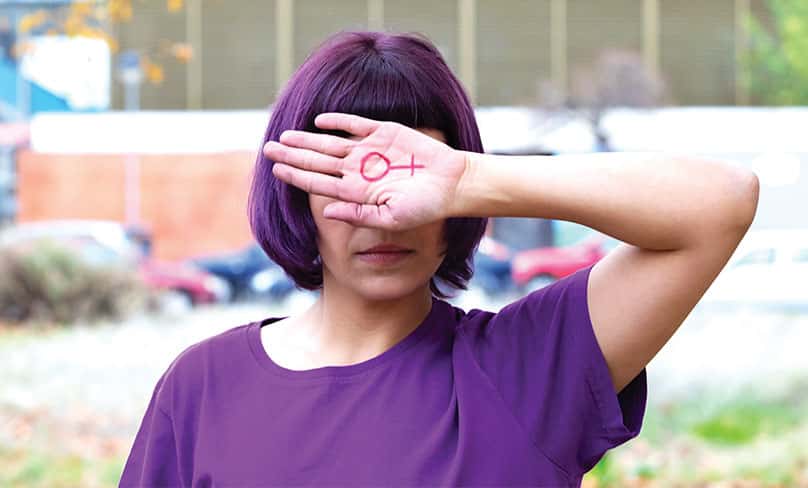
As Victoria looks set to criminalise dissent from gender ideology, young people are speaking out
Just days after easing some of the most existentially and economically punishing restrictions ever seen in the State, and just weeks before the much needed religious and secular Christmas holidays of the year 2020, the Victorian Government has quietly tabled a piece of legislation which is a social hand grenade amongst the tinsel.
The Bill entitled Change or Suppression (Conversion) Practices Prohibition Bill 2020 include provisions which appear both bizarre and illogical. Some of the provisions, if enforced, threaten the integrity of mental health and other professions, the parental duty of care and religious and conscientious freedom.
“I should have been challenged on the proposals or the claims that I was making for myself” – Keira Bell, de-transitioning youth
The timing of the Bill and the lack of transparency surrounding its inception, have roused deep concern amongst a wide range of citizens including Church leaders, medical professionals, survivors of abuse, feminist activists, pastoral care groups and those concerned about the laws protecting freedom of speech.
The Catholic Weekly has already outlined these voices of concern extensively in recent weeks. As part of its coverage, the paper’s leading columnist, Monica Doumit, has also identified the “over-reach” of the Victorian Bill in the way it will, if enacted, target Christians.
There are many misguided and misleading elements in the Bill, but perhaps the most alarming is the Bill’s unquestioning fealty to a mega-narrative that maintains that it is possible for a person to be “born into the wrong body”.
The inevitable flow of this narrative fails to respect the complex and multivariant nature and development of the psychological condition known as “gender dysphoria”.
This contributes to a misguided understanding of the way a person, particularly a young person experiencing dysphoria, perceives and expresses the desire to adopt the roles, clothes, physical and sexual characteristics of the other (often idealised) “gender”.

In a misguided attempted to “protect” the dysphoric person, the Victorian Bill aims to prosecute any well-founded attempt to explore or counsel the troubled person, with a range of clinical, social or spiritual pathways with which to address the experience of “identity” confusion.
Far from being beneficial, such a Bill risks depriving those distressed by gender dysphoria to a full array of support and decisions.
In the name of a technological rather than long-range and humane “solution”, the Bill especially exposes children and adolescents to the harm of unnecessary and often-risky chemical and body altering surgical intervention, the dependence on life-long hormonal treatment and the risk of greater suffering at key stages in their future lives.
The Bill’s provisions privilege the drastic logic of “transition” offered by so-called “gender clinics”. On 1 December, the UK’s High Court gave an important judgement which also exposes the many flaws in this new Victorian Bill here in Australia.
The High Court’s judgement, Bell & Mrs A versus The Tavistock Clinic and Portman NHS Foundation Trust, ruled that greater safeguards and counselling support should be offered to young people experiencing gender dysphoria.
Trans Trend, a UK activist group working to protect vulnerable young people against “gender ideology” and an interested party in the case, summarised the High Court judgement in this way:
“In a landmark judgment that will have repercussions around the world, the High Court today ruled that puberty blockers and cross-sex hormones are experimental treatments which cannot be given to children in most cases without application to the court.”
“The details of the mental health assessment of the children and young people were scanty and it appears that children as young as five and eight had been given such hormones.”
The group also praised the Court for bringing into question the underlying narrative of accidental or mistaken “body allocation” evident in so-called gender treatment: “… a belief that biological sex is irrelevant to being a boy or being a girl, while providing a service that is predicated on the existence of, and ability to define, a ‘boy body’ and a ‘girl body’ that children might move between through medication and subsequent surgery. This is, of course, an impossibility, but it is an outcome that children are led to believe is possible.”
The most visible and articulate claimant in the case, was “Quincy” or now Keira Bell, who is a 23-year old Briton who has seriously called into question the procedures and the assumptions which are intrinsic to the processes which refer children and youth to “transgender” treatments.
Keira is currently “de-transitioning” to her birth name and her original bodily integrity. In effect she is attempting to undo the effects of transgender surgery and hormonal treatment received by her during her adolescence at Britain’s only National Health Service-run “gender unit” at the Tavistock Clinic, one of the key defendants in the High Court Case.
The High Court’s judgement ruled in favour of Ms Bell and her co-claimant, Mrs A.

The Court’s judgement identified at least three major problems intrinsic to the type of “treatment” plan offered to young people experiencing “gender dysphoria” in Britain (and these dangers are also present in “gender clinic” procedures in other countries like Australia).
The judgement touched upon: a) the capacity to consent to drastic and lifelong medical intervention during adolescence b) the quality of the evidence base behind the use of procedures such as the administration of hormones known as “puberty blockers” and c) the adequacy of the counselling given to young people experiencing “gender dysphoria.”
It also identified a disturbing upward trend in the number of girls and young women presenting with “gender dysphoria” in Britain – something like a 30-fold increase among those “born” as girls.
This issue has for some years troubled “body affirming” feminists who see the gender clinics as offering to oppressively “erase” women’s bodies:
The Court found that: “ ..by 2019 the split had changed so that 76 per cent of referrals were natal females. That change in the proportion of natal girls to boys is reflected in the statistics from the Netherlands (Brik et al: Trajectories of Adolescents Treated with Gonadotropin-Releasing Hormone Analogues for Gender Dysphoria 2018).
“The defendant did not put forward any clinical explanation as to why there had been this significant change in the patient group over a relatively short time.” (no. 32)
The High Court ruled in favour of Keira and her co-claimant’s argument about true consent.
Keira gave evidence that she was asked to sign “consent forms” in order to “transition to male” while she was a confused and susceptible adolescent.
At that stage in her life, she did not realise the implications of the many aspects of her beliefs at that time, which lead to her unfortunate choices.
She realises now that she did not have the capacity at 16 to agree to implications posed by the administration of so-called “puberty blocking” hormones and then the application of male hormones which significantly altered her body and bodily functions. She later also underwent a double mastectomy.
In her evidence, Keira also made it clear that once “puberty blocking” hormones are given, rather than “buying time” in which a troubled young person can work through difficulties with pubertal change, the procedure effectively prods the individual along a pathway to further cross-sex hormones and then surgery.
The High Court looking at other evidence concurred: “This has raised concerns that the treatment might be responsible for generating persistence, rather than ‘creating space to decide” (no. 52.)
The judges also ruled: “It is highly unlikely that a child aged 13 or under would be competent to give consent to the administration of puberty blockers. It is doubtful that a child aged 14 or 15 could understand and weigh the long-term risks and consequences of the administration of puberty blockers.”
The second central ruling from the High Court is based on the paucity of evidence presented to it about the safety or beneficial effects of the so-called puberty blocking hormones.
The Court found little “evidence base” for the benefits or safety of using “puberty blocking” hormones in young people aged between 11-15.
The details of the mental health assessment of the children and young people were scanty and it appears that children as young as 5 and 8 had been given such hormones.
The High Court was again “surprised” to see in the Clinic’s own information packages the admission that: “It’s also not known whether hormone blockers affect the development of the teenage brain or children’s bones. Side effects may also include hot flushes, fatigue and mood alterations.”
The Court questioned how well the Clinic ensured “informed consent” and it found that the Clinic was unwilling or unable to compile or present any peer-reviewed evidence for the use of such hormones.
We note here that we find it surprising that such data was not collated in previous years given the young age of the patient group, the experimental nature of the treatment and the profound impact that it has.
Keira also testified that instead of being given time and the opportunity to reflect upon the developmental and family difficulties she had experienced as a child (including an absent father and alcoholic mother) and being given a mental health assessment, she was offered no more than three 60–minute information sessions.
Keira’s testimony is poignant and powerful: “I made a brash decision as a teenager, (as a lot of teenagers do) trying to find confidence and happiness, except now the rest of my life will be negatively affected.
“I cannot reverse any of the physical, mental or legal changes that I went through. Transition was a very temporary, superficial fix for a very complex identity issue.” (#83).
Keira’s words should be printed and placed amongst the tinsel and the Victorian parliamentary desks in these coming weeks:
“I should have been challenged on the proposals or the claims that I was making for myself … I think that would have made a big difference as well. If I was just challenged on the things I was saying.”
Related articles:
